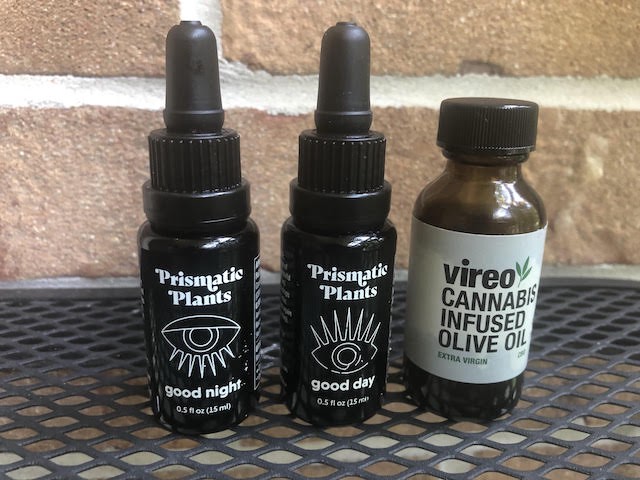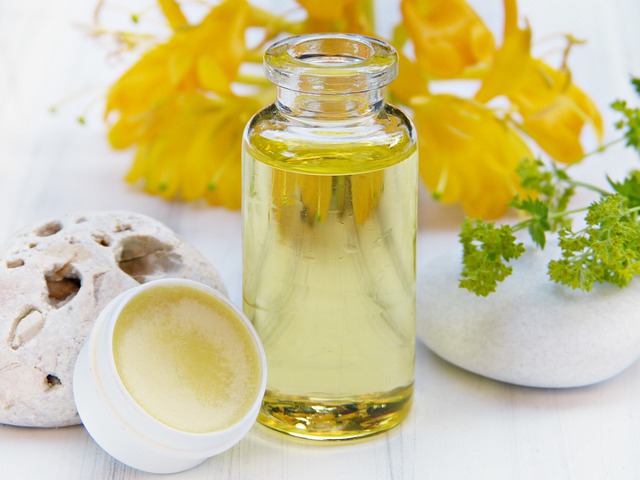Industrial hemp is once again growing strongly in Spain, where there is a resurgence in its cultivation. This plant was already growing wild and was cultivated in many parts of the world long before there were laws regulating its cultivation. In Spain and Europe, its cultivation and commercialization are completely legal and are subsidized at the European level, as long as seeds of the varieties approved by Royal Decree 1729/1999 of November 12, 1999, are grown.
For thousands of years, it has been used for its nutritional properties and health benefits, and as a raw material in the production of countless food, textile, and medicinal products.
The cultivation of this extraordinary plant has been recorded since the beginning of mankind. In Spain, it has been cultivated for centuries with special official sponsorship, being used to make clothes, candles, etc. (Christopher Columbus was loaded with hemp in ropes, candles, clothes, nets, paper, etc.). until the appearance of the petrochemical industry.
Both the seeds and the leaves are especially nutritious, including the oil extracted from their seeds. It also has balance and/or medicinal properties, known for millennia, which have been scientifically proven in recent years.
Increasing the importance of sustainability
Agricultural growth is vital to meet the social and nutrient and social needs of an ever-growing world population. The agricultural sector is currently responsible for 70 % of water use and up to 30 % of greenhouse gas emissions. In the next 40 years, it is estimated that the world’s population will have increased by one-third to more than 9 billion.
Agriculture faces the challenge of becoming more environmentally sustainable while feeding more people, and sustainable agriculture supports the efficient production of food and ingredients while employing practices that protect and improve the natural environment, and the social and economic conditions of farmers, their employees, and local communities. Hemp is the best representative and example of sustainable agriculture, as it is backed by thousands of years of cultivation and use by mankind.
Many of the world’s producers are committed to reducing the environmental impact of their production methods and have begun sourcing raw materials and ingredients from suppliers that use sustainable farming methods.
Hemp is one of the best plant proteins in existence, in addition to having microelements, with countless applications and properties. The dried leaf of hemp sativa can be used for infusions, as well as, cereal flour substitutes, thickeners, dietary fibers, stews, desserts, etc.

Properties of hemp seeds
Hemp sativa seeds have between 30 and 50% more protein than fish. They also contain antioxidants, such as carotene (vitamin A) and cysteine, as well as vitamin E. They are gluten-free and contain significant amounts of calcium, iron, and phosphorus. Its polyunsaturated oil is rich in essential fatty acids -omega 3 and -omega 6. As if this were not enough, it has been shown to have more than 3% of gamma linoleic acid (GLA) and it is recommended between 15 and 20 g to fully cover the daily requirement of fatty acids.
Hemp oil, extracted from cold-pressed hemp seeds, is excellent for consuming raw for salads, stews, sauces, and all types of culinary applications except frying. It is exceptionally nutritious and tasty, although it is also very moisturizing for the skin directly, so it is appreciated and used by the cosmetic industry to make creams, balms, soap, or shampoo.
The consumption of hemp seeds in different preparations is known to mankind, practically since the beginning of agriculture. Whether in the form of oil, roasted, raw, or making a nutritious “hempseed milk”, similar to horchata, the properties of this magical seed have always been exploited.
Although of course one of the most important applications of hemp is therapeutic, supported by many studies, which makes hemp extract rich in CBD one of the most powerful therapeutic tools for mankind. But we should not underestimate the potential of the seeds, despite the fact that they contain hardly any concentration of cannabinoids. For additional tips and useful information about hemp, you may visit this site to learn more.

